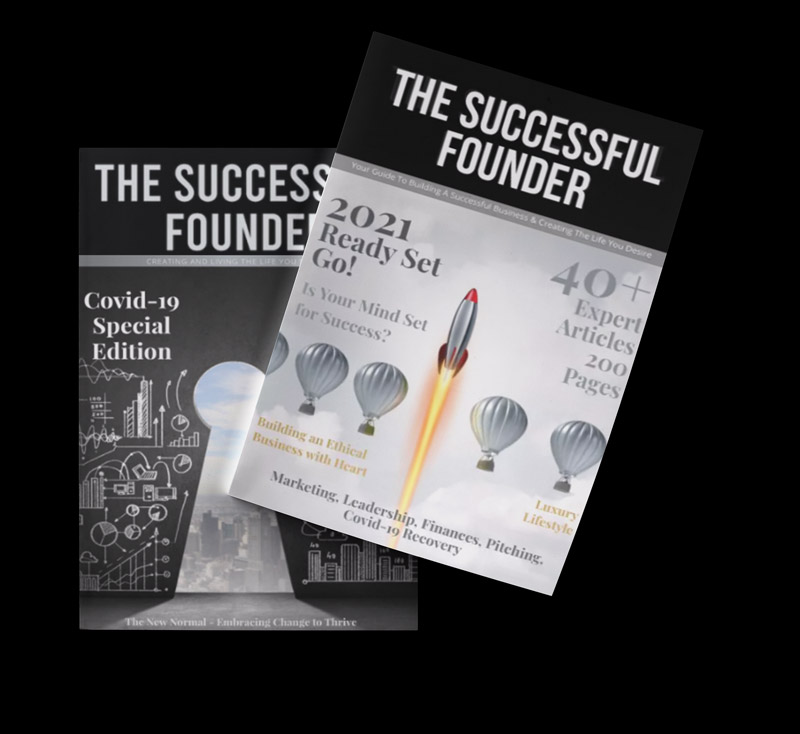In today’s competitive business landscape, a strong personal brand is essential for entrepreneurs looking to stand out and make an impact. Personal branding goes beyond marketing; it’s about establishing a reputation, building credibility, and creating an emotional connection with your audience. Whether you’re seeking new clients, partners, or investors, a well-defined personal brand can open doors and differentiate you from competitors. This article provides a step-by-step guide for entrepreneurs on building a personal brand that reflects their values, expertise, and unique identity.
Step 1: Define Your Brand Identity and Core Values
Building a personal brand starts with defining who you are and what you stand for. Your brand identity should reflect your core values, expertise, and the unique qualities that set you apart. Consider what drives you, the value you bring to others, and the message you want to convey. Your personal brand should feel authentic, aligning with your true self and long-term goals.
Create a brand statement that encapsulates your mission, vision, and values. This statement will guide your branding efforts and serve as a touchpoint for all content and interactions. For example, if you’re passionate about sustainable business practices, let this be a central theme of your brand. Authenticity is key, as audiences are drawn to individuals who genuinely live by their stated values.
Step 2: Identify Your Target Audience
Knowing your audience is essential for building a brand that resonates. Identify who you want to reach, considering demographics, interests, and pain points. Are you targeting clients, investors, industry peers, or a general audience interested in your niche? The more you understand your audience, the better you can tailor your messaging and content to their needs.
Create audience personas to visualize your ideal followers or clients. Consider what content would be valuable to them, what tone would appeal, and how you can help solve their problems or provide insights. Focusing on your audience’s needs makes your brand more relatable and encourages engagement.
Step 3: Develop a Consistent Brand Voice and Visual Style
Consistency is key to creating a memorable personal brand. Establish a brand voice that reflects your personality—whether it’s professional, friendly, or inspirational—and stick to it across all platforms. Consistency in tone helps build familiarity and trust with your audience.
Visual elements are equally important. Choose a color scheme, typography, and visual style that align with your brand identity. Use the same profile photo, logo (if applicable), and banner images across your social media accounts to create a cohesive online presence. Consistent visuals make your brand instantly recognizable and reinforce your identity with every interaction.
Step 4: Leverage Social Media to Build Your Brand
Social media platforms are powerful tools for personal branding. LinkedIn, Twitter, Instagram, and YouTube are especially popular for entrepreneurs. Choose platforms that align with your target audience and allow you to share your expertise effectively. For instance, LinkedIn is ideal for B2B entrepreneurs, while Instagram and YouTube can be great for visual storytelling.
Share valuable content that showcases your knowledge, skills, and personality. This can include articles, insights, personal stories, and industry updates. Use a mix of posts, videos, and interactive content to keep your audience engaged. Consistent, high-quality content positions you as an authority in your field and helps grow your following.
Step 5: Network and Engage with Your Community
Personal branding is not just about broadcasting; it’s about building relationships. Engage with your followers, respond to comments, and participate in conversations on your posts. Networking is essential for building connections with industry peers, clients, and influencers who can help expand your reach.
Join relevant groups, forums, or communities where your target audience is active. Contributing to discussions and offering insights positions you as a thought leader, enhancing your brand reputation. Consider collaborating with others for joint webinars, interviews, or content partnerships, as these can help you tap into new audiences and build credibility.
Step 6: Create Value-Driven Content
Content is the foundation of a strong personal brand. Creating value-driven content—such as blog posts, videos, webinars, and downloadable guides—demonstrates your expertise and provides tangible benefits to your audience. Focus on topics that address common challenges, provide actionable advice, or share insights based on your experience.
Establish a content calendar to maintain consistency, covering a mix of topics that reflect your expertise and brand identity. For instance, if you’re an entrepreneur in the tech industry, you could create content on trends, startup tips, and personal anecdotes about your journey. Providing value helps you build trust, attract followers, and position yourself as a go-to resource.
Step 7: Monitor and Refine Your Brand Strategy
Building a personal brand is an ongoing process, and it’s essential to monitor your progress regularly. Use analytics tools to track engagement metrics, audience growth, and content performance on social media and your website. This data helps you understand what resonates with your audience, allowing you to refine your strategy and improve results over time.
Be open to feedback and continuously look for ways to enhance your brand. As your goals and audience evolve, so should your branding efforts. Regularly updating your brand statement, content themes, and engagement tactics ensures that your brand remains relevant and impactful.
Conclusion: Building a Lasting Personal Brand
Personal branding is a powerful way for entrepreneurs to differentiate themselves, attract opportunities, and build meaningful connections. By defining your brand identity, consistently delivering value, and engaging authentically, you can create a personal brand that stands the test of time. As you continue to grow and evolve, your personal brand will serve as a lasting testament to your unique expertise, values, and entrepreneurial journey.
Useful Links
- Personal Branding Guide by HubSpot – https://www.hubspot.com/personal-branding
- Social Media Tips for Entrepreneurs – https://sproutsocial.com/
- How to Build an Audience Persona – https://www.buffer.com/strategic-guide-to-building-personas
- Content Marketing Ideas for Personal Brands – https://contentmarketinginstitute.com/
- Analytics Tools for Tracking Social Media Performance – https://analytics.google.com/
TSF Reporters
The Successful Founder Magazine is the go to feature-rich magazine for founders on all stages of their entrepreneurship journey .
- TSF Reporters#molongui-disabled-link
- TSF Reporters#molongui-disabled-link
- TSF Reporters#molongui-disabled-link
- TSF Reporters#molongui-disabled-link



